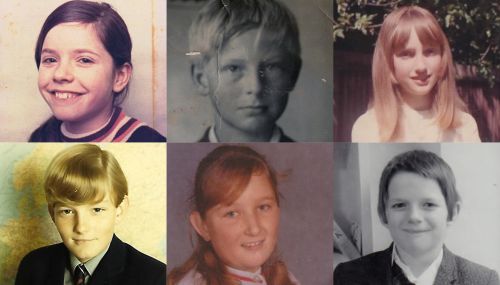Our online bibliography is an excellent resource for finding publications based on data from the NCDS as well as from our other three cohort studies. It includes over 5,000 publications and is searchable by study, year, author, journal name, title and abstract.

- Our studies
- Our research
- Publications and resources
- Data access and training
- About
- News
- Events
- Get in touch
- Join our mailing list



 Our studies
Our studies





